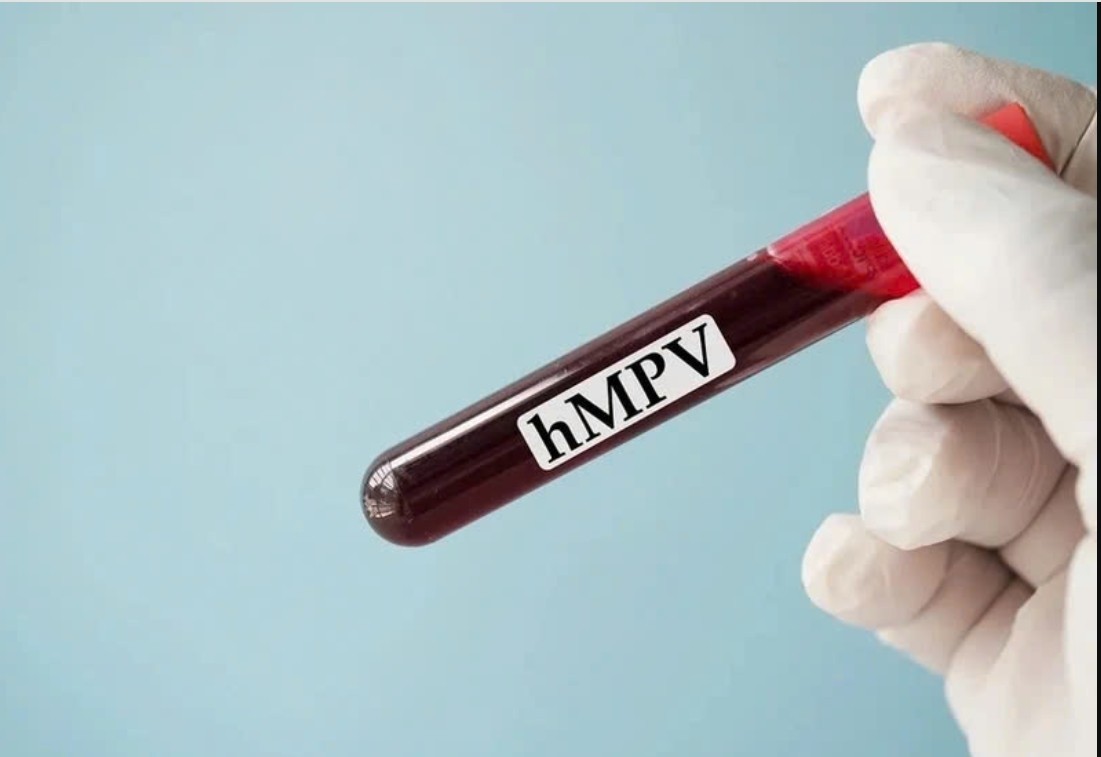What is Cholera: Symptoms, Causes, Transmission, Best Treatments for a Common Diseases in India
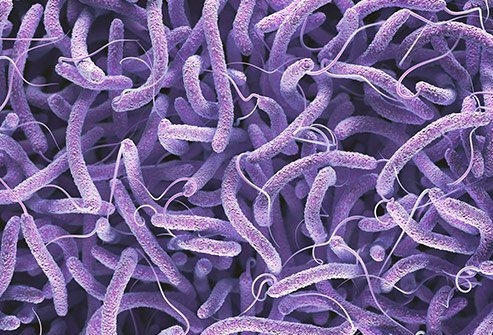 |
| Cholera is a disease that causes foul-smelling diarrhea that looks like rice water. Photo: medicinenet.com |
What is Cholera Disease?
Cholera is an infectious disease that causes severe watery diarrhea, which can lead to dehydration and even death if untreated. It is caused by eating food or drinking water contaminated with a bacterium called Vibrio cholera.
Cholera was prevalent in the U.S. in the 1800s, before modern water and sewage treatment systems eliminated its spread by contaminated water. Only about 10 cases of cholera are reported each year in the U.S. and half of these are acquired abroad. Rarely, contaminated seafood has caused cholera outbreaks in the U.S. However, cholera outbreaks are still a serious problem in other parts of the world. The World Health Organization reports that there are 1.3 million to 4 million cases each year.
Symptoms of Cholera
Frequent Symptoms
Cholera can cause physical discomfort in a number of ways, but there are a few symptoms characteristic in nearly all symptomatic cases: diarrhea, nausea, and dehydration, according to medicinenet.
Watery diarrhea
Often the very first sign of cholera is painless diarrhea that occurs within a day or so of becoming infected. The diarrhea is extremely watery and has a sort of pale murkiness that resembles water after rinsing rice, which is what gives it its nickname "rice-water stool."
Because toxins produced by the cholera bacteria prompt the body to expel pretty much everything in the intestines—including fluids—the amount of diarrhea can be substantial. Diarrhea can last anywhere from a day to a week, depending on the person and course of treatment.
Nausea and Vomiting
In the early stages of cholera, the bacteria can cause gastrointestinal discomfort like nausea and, in some cases, vomiting. Waves of vomiting can last for hours at a time and—when combined with watery diarrhea—can further the risk of dehydration.
Unfortunately, dehydration can also lead to more nausea, prompting a vicious cycle that, unless broken, can quickly spiral into severe complications.
Dehydration
Cholera forces a lot of fluid from the body through spells of diarrhea and vomiting, making it easy to become dehydrated if those fluids and electrolytes aren't replaced.
When this happens, some signs of dehydration will start to appear, such as:2
- Thirst
- Dry mouth and eyes
- Rapid and/or weak heart rate
- Mild muscle cramps
- Tiredness or lethargy
- Headaches
Rare Symptoms
In approximately 10 percent of cases, people can experience severe symptoms of cholera—most notably, very large quantities of watery diarrhea.3 The massive amount of fluid lost in such a short amount of time can quickly lead to severe dehydration and electrolyte imbalance—two complications that can be severe, if not life-threatening.
Other symptoms of severe disease can include low blood pressure, persistent vomiting, rapid heart rate, and muscle cramps.
Cholera Causes
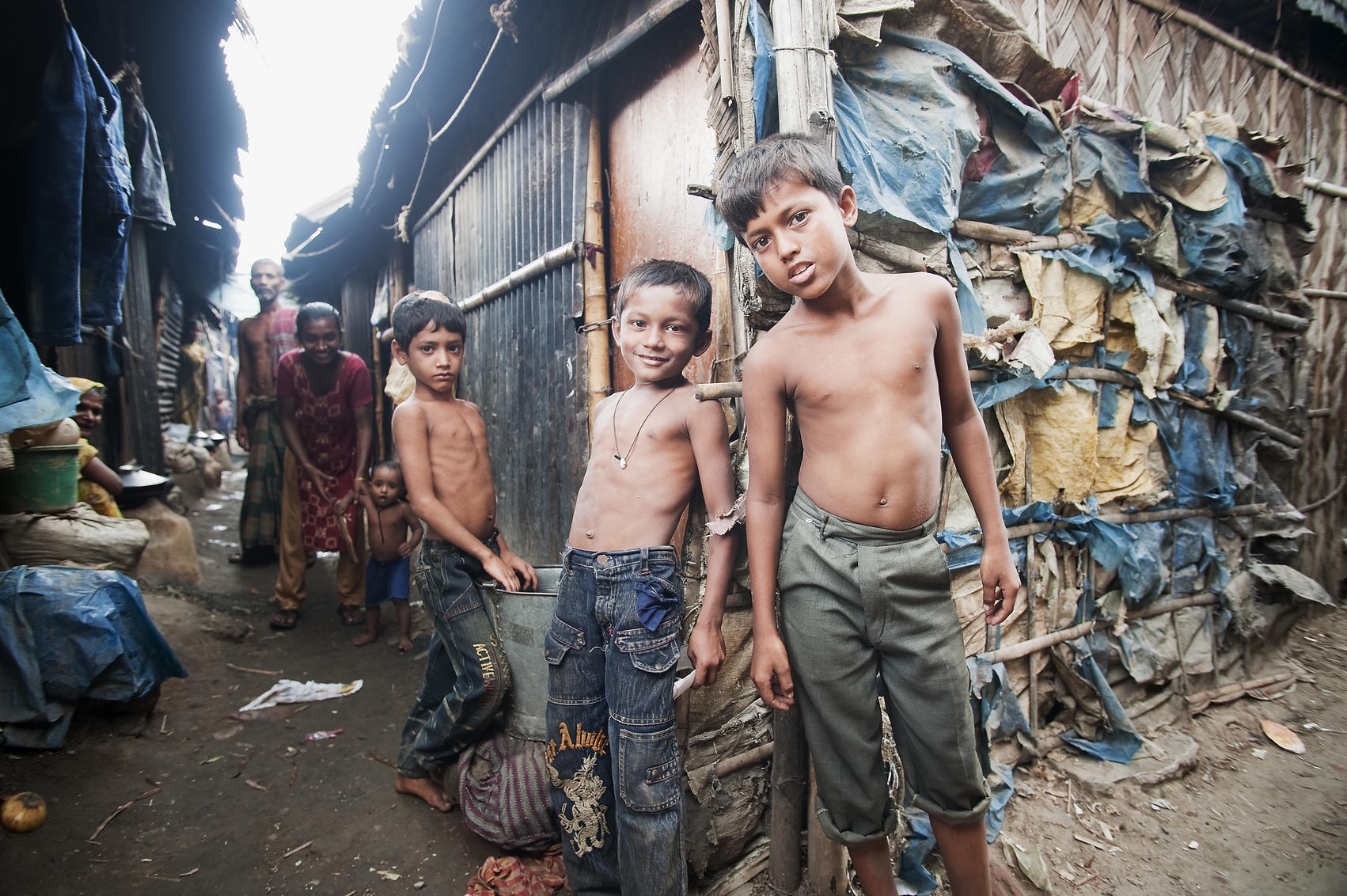 |
| |
A bacterium called Vibrio cholerae causes cholera infection. The deadly effects of the disease are the result of a toxin the bacteria produces in the small intestine. The toxin causes the body to secrete enormous amounts of water, leading to diarrhea and a rapid loss of fluids and salts (electrolytes).
Cholera bacteria might not cause illness in all people who are exposed to them, but they still pass the bacteria in their stool, which can contaminate food and water supplies.
Contaminated water supplies are the main source of cholera infection. The bacterium can be found in:
- Surface or well water. Contaminated public wells are frequent sources of large-scale cholera outbreaks. People living in crowded conditions without adequate sanitation are especially at risk.
- Seafood. Eating raw or undercooked seafood, especially shellfish, that comes from certain places can expose you to cholera bacteria. Most recent cases of cholera in the United States have been traced to seafood from the Gulf of Mexico.
- Raw fruits and vegetables. Raw, unpeeled fruits and vegetables are a frequent source of cholera infection in areas where there's cholera. In developing countries, uncomposted manure fertilizers or irrigation water containing raw sewage can contaminate produce in the field.
- Grains. In regions where cholera is widespread, grains such as rice and millet that are contaminated after cooking and kept at room temperature for several hours can grow cholera bacteria.
Cholera Transmission
Transmission is usually through the fecal-oral route of contaminated food or water caused by poor sanitation. Most cholera cases in developed countries are a result of transmission by food, while in the developing world it is more often water. Food transmission can occur when people harvest seafood such as oysters in waters infected with sewage, as Vibrio cholera accumulates in planktonic crustaceans and the oysters eat the zooplankton.
People infected with cholera often have diarrhea, and disease transmission may occur if this highly liquid stool, colloquially referred to as "rice-water", contaminates water used by others. The source of the contamination is typically other cholera sufferers when their untreated diarrheal discharge is allowed to get into waterways, groundwater, or drinking water supplies. Drinking any contaminated water and eating any foods washed in the water, as well as shellfish living in the affected waterway, can cause a person to contract an infection. Cholera is rarely spread directly from person to person.
V. cholerae also exists outside the human body in natural water sources, either by itself or through interacting with phytoplankton, zooplankton, or biotic and abiotic detritus. Drinking such water can also result in the disease, even without prior contamination through fecal matter.
Cholera Treatments
According to medicalnewstoday, it is normally dehydration that leads to death from cholera, so the most important treatment is to give oral hydration solution (ORS), also known as oral rehydration therapy (ORT).
The treatment consists of large volumes of water mixed with a blend of sugar and salts.
Prepackaged mixtures are commercially available, but widespread distribution in developing countries is limited by cost, so homemade ORS recipes are often used, with common household ingredients.
Severe cases of cholera require intravenous fluid replacement. An adult weighing 70 kilograms will need at least 7 liters of intravenous fluids.
Antibiotics can shorten the duration of the illness, but the WHO does not recommend the mass use of antibiotics for cholera, because of the growing risk of bacterial resistance.
Anti-diarrheal medicines are not used because they prevent the bacteria from being flushed out of the body.
With proper care and treatment, the fatality rate should be around 1 percent.
Cholera Prevention
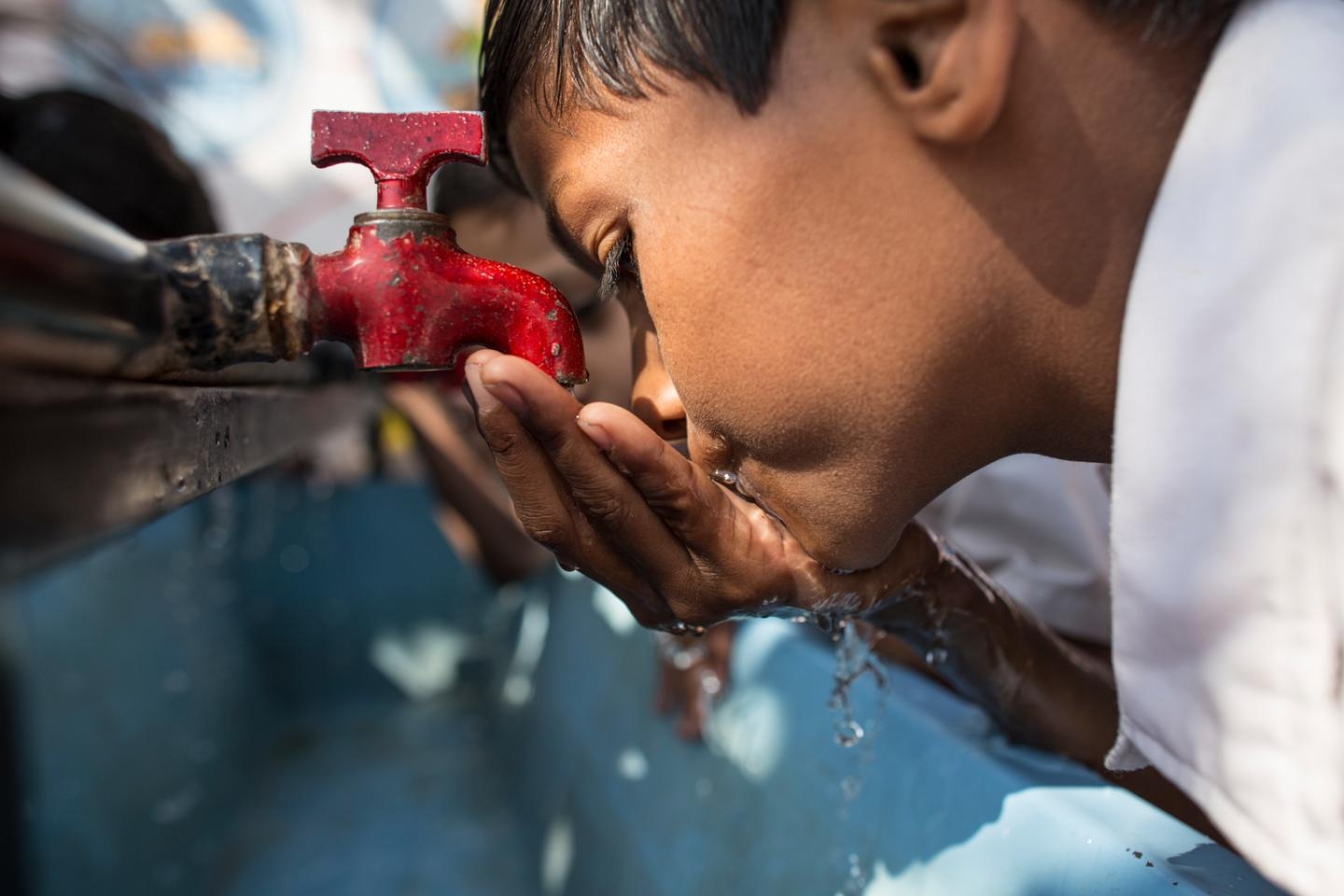 |
| Photo: unicef.org |
To prevent cholera:
- Drink safe and clean water
- Wash your hands frequently with soap and clean water
- Proper hygiene and sanitation
- Cook food welland cover it properly
Nowadays, there are two oral cholera vaccines available, Dukoral (manufactured by SBL Vaccines) which is World Health Organization (WHO) prequalified and licensed in over 60 countries, and ShanChol (manufactured by Shantha Biotec in India), which is licensed in India and is pending WHO prequalification. Because the vaccine is a two-dose vaccine, multiple weeks can elapse before persons receiving the vaccine are protected.
Therefore, vaccination should not replace standard prevention and control measures, reported NHP India.
Update Cholera Disease in IndiaOver the 10-year period, the average number of cases reported annually was 3 631. The case fatality rate showed a somewhat decreasing trend (range: 0.57–0.07). The numbers of cholera cases and deaths in the National health profile 2006 were found to be similar to the numbers reported to the WHO. In India, Kolkata city in West Bengal state in the Ganges delta has been described as the "homeland of cholera", with regular outbreaks and pronounced seasonality. In India, where the disease is endemic, cholera outbreaks occur every year between dry seasons (March–April) and rainy seasons (September–October). India is also characterized by high population density, unsafe drinking water, open drains, and poor sanitation which provide an optimal niche for survival, sustenance, and transmission of Vibrio cholera. According to a study by World Health Organization, V. cholerae O1 presently belonging to the El Tor biotype is the most common serogroup in India, while the frequency of serogroup O139 has declined considerably over the past few years. When analyzed by 5-year periods, the incidence of cholera and the absolute number of deaths from the disease has increased steadily since the beginning of the millennium. Whereas a cumulative total of 838 315 cases had been notified to the World Health Organization (WHO) for the period 2004 to 2008, 676 651 cases were reported from 2000 to 2004. This represents a 24% increase in the number of cases reported with respect to the previous 5-year period (2000–2004). However, the estimated actual burden of cholera is in the vicinity of 3 to 5 million cases and 100 000 to 130 000 deaths per year. |
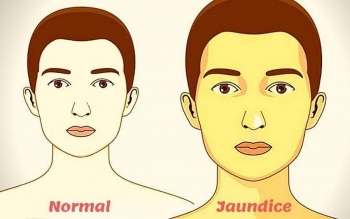 Jaundice: Symptoms, Causes, Transmission, Treatments for a Common Diseases in India Jaundice: Symptoms, Causes, Transmission, Treatments for a Common Diseases in India Jaundice, also known as icterus, a term used to describe a yellow discoloration of sclera and skin and is associated with hyperbilirubinemia (serum bilirubin>2mg/dL). Read ... |
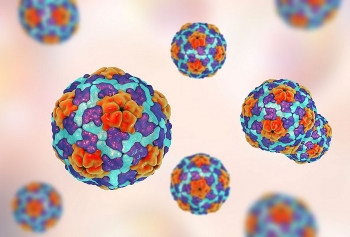 Hepatitis A, B, C, D, E: Causes, Symptoms, Treatment for most common diseases in India Hepatitis A, B, C, D, E: Causes, Symptoms, Treatment for most common diseases in India Hepatitis associtates with the inflamatory condition of liver. It's commonly caused by a viral infection, but there are other possible causes of hepatitis. There are ... |
 For PUBG Mobile Fans: Battle Royale Game Likely to Join With Google, When will Launch in India For PUBG Mobile Fans: Battle Royale Game Likely to Join With Google, When will Launch in India For PUBG Mobile Fans: Battle Royale Game Likely to Join With Google For Its Early Release - PUBG Mobile India was expected to come around ... |
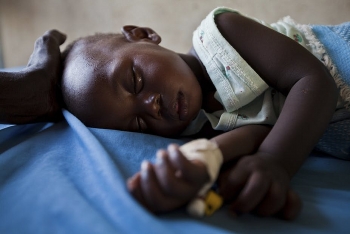 Top 10 Most Common Diseases in India Top 10 Most Common Diseases in India Despite being the 5th largest economy in the world, some areas of India still face with shortage of purified water, poverty and other necessities that ... |
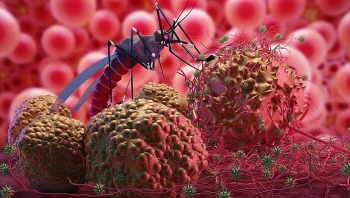 Malaria Disease: Causes, Symptoms & Treatments for most common disease in India Malaria Disease: Causes, Symptoms & Treatments for most common disease in India Together with the approach of spring, the possibility of Malaria blooming in India and all over the world is one of the recent concerns. What ... |
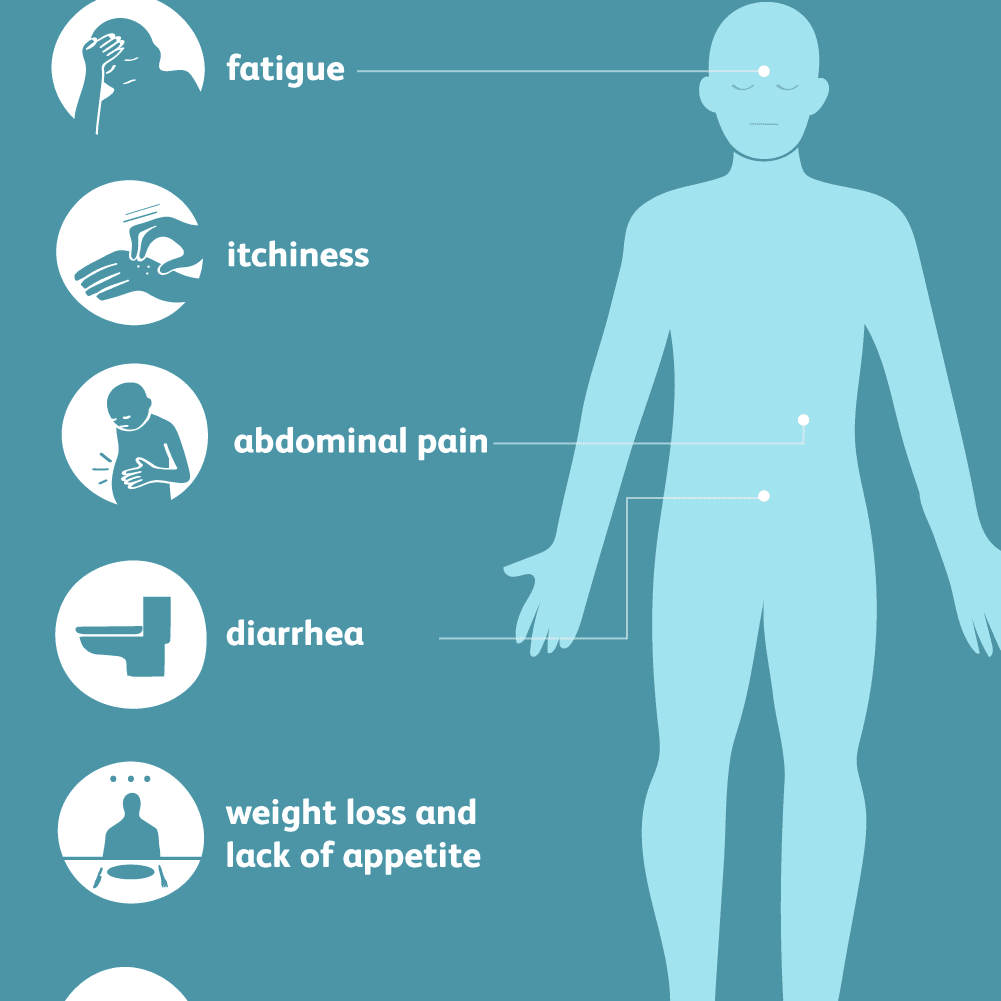 Hookworm Infection: Symptoms, Causes, Transmission, Treatments for a Common Diseases in India Hookworm Infection: Symptoms, Causes, Transmission, Treatments for a Common Diseases in India Hookworm infection is an infection of the intestines that can cause an itchy rash, respiratory and gastrointestinal problems, and eventually iron deficiency anemia due to ... |
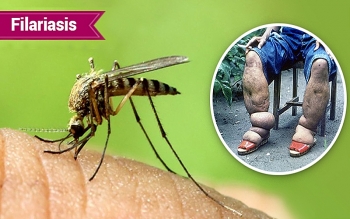 Filariasis: Symptoms, Causes, Transmission, Treatments of a Common Diseases in India Filariasis: Symptoms, Causes, Transmission, Treatments of a Common Diseases in India Filariasis is caused by several round, coiled and thread-like parasitic worms that belong to the family filaria. These parasites penetrate the skin either on their ... |

